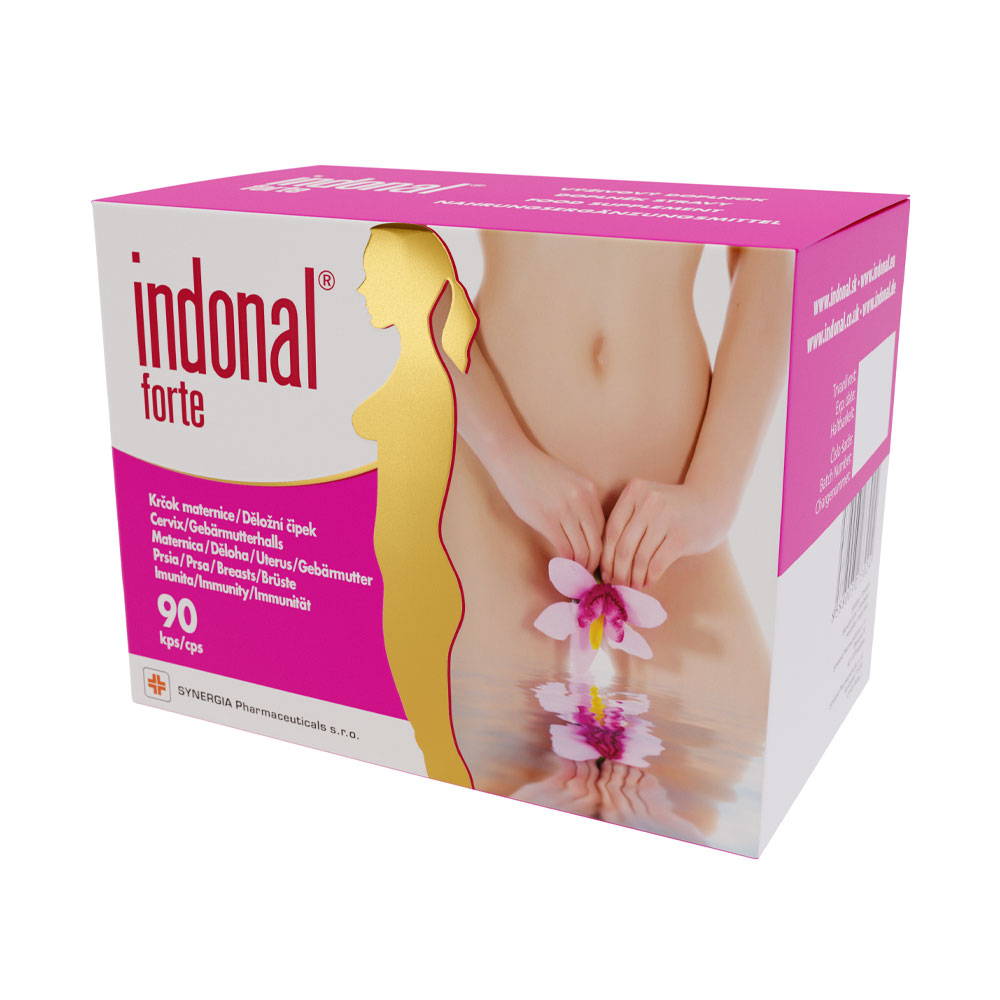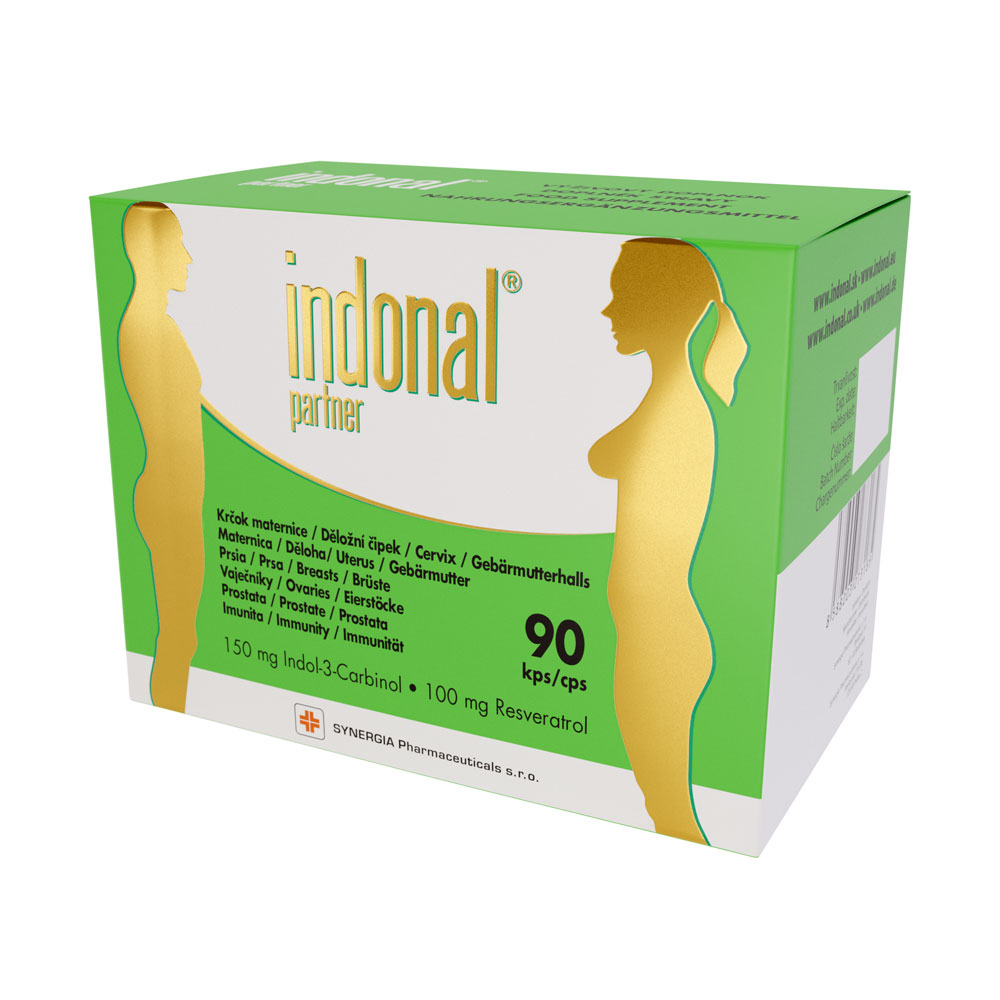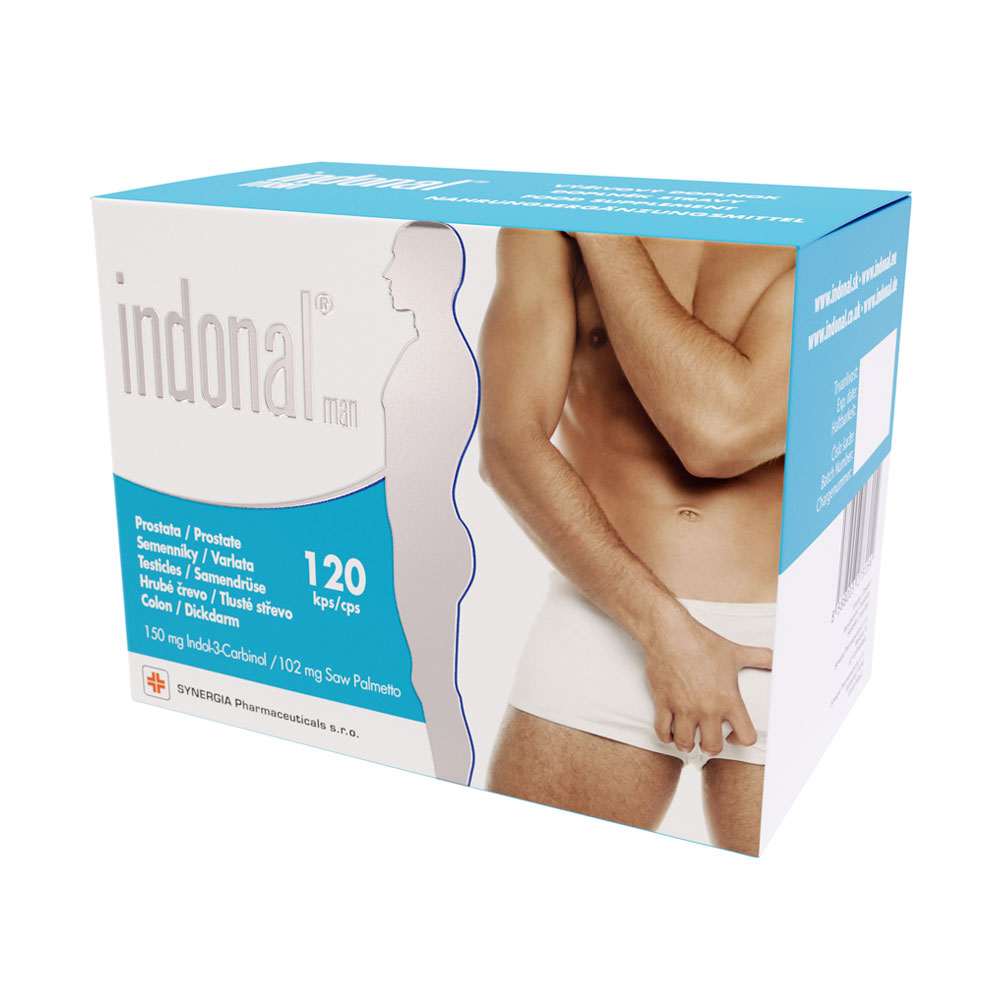Cervical dysplasia, also known as cervical intraepithelial neoplasia (CIN), is the abnormal growth of cells on the surface of the cervix. This condition is often considered precancerous, meaning that if left untreated, it can develop into cervical cancer. CIN is often caused by infection with the human papillomavirus (HPV) and can represent precancerous changes.
Causes
The primary cause of cervical dysplasia is infection with the human papillomavirus (HPV), particularly high-risk types of HPV (HPV-16 and HPV-18). HPV is a common sexually transmitted infection, and most sexually active individuals encounter it at some point in their lives. Most HPV infections resolve spontaneously without treatment, but some may persist and lead to dysplasia.
Grades
Cervical dysplasia is classified into three grades:
CIN 1 (Mild Dysplasia)
- Abnormal cells are present only in the lower third of the epithelium.
- Most commonly associated with HPV infection.
CIN 2 (Moderate Dysplasia)
- Abnormal cells extend into the lower and middle thirds of the epithelium.
- Presents a higher risk of progression to cancer compared to CIN 1.
CIN 3 (Severe Dysplasia)
- Abnormal cells are present throughout the entire thickness of the epithelium but do not invade the underlying tissue.
- Highest risk of progressing to invasive cervical cancer if untreated.
Symptoms
Cervical dysplasia, being a precancerous condition, often has no noticeable symptoms, especially in the early stages. Therefore, regular gynecological examinations, including cytological screening (PAP tests), are crucial for early detection and treatment. However, in some cases, certain symptoms may indicate a problem. These symptoms include:
Abnormal Vaginal Bleeding
- Bleeding between menstrual cycles.
- Bleeding after sexual intercourse.
- Bleeding post-menopause.
Irregular Menstrual Cycle
- Changes in the length and intensity of menstruation.
Vaginal Discharge
- Unusual discharge that may be bloody, pink, or brownish.
Pain
- Pain during sexual intercourse (dyspareunia).
- Pain in the lower abdomen or pelvis.
What Helps with Cervical Dysplasia?
Indole-3-carbinol (I3C) is a compound found in cruciferous vegetables like broccoli, cabbage, cauliflower, and Brussels sprouts. I3C is being studied for its potential anti-cancer effects, including its possible impact on reducing the risk of developing certain types of cancer, including cervical cancer.
Effects of I3C on Cervical Dysplasia
- Antioxidant Effects: I3C has strong antioxidant properties that can help protect cells from damage caused by free radicals.
- Induction of Detoxifying Enzymes: I3C can increase the activity of enzymes responsible for detoxifying and eliminating potentially carcinogenic substances from the body.
- Regulation of Hormonal Levels: I3C can affect estrogen metabolism, which can be beneficial since some forms of cervical dysplasia are associated with hormonal factors.
- Anti-Cancer Properties: Laboratory studies suggest that I3C can inhibit the growth of cancer cells and promote their apoptosis (programmed cell death).
Sources:
- Zhang et al., 2003. “Antioxidant and antiproliferative activities of indole-3-carbinol derivatives in human prostate cancer cells.” Cancer Letters.
- Bell et al., 2000. “Indole-3-carbinol acts as a negative regulator of estrogen receptor alpha signaling in human tumor cells.” Journal of Biological Chemistry.
- Weng et al., 2008. “Indole-3-carbinol inhibits estrogen receptor signaling and blocks estrogen-induced proliferation of breast cancer cells.” Journal of Nutrition.
- Firestone et al., 2006. “Indole-3-carbinol inhibits human prostate cancer cell growth and alters cell cycle progression and apoptosis.” Carcinogenesis.














